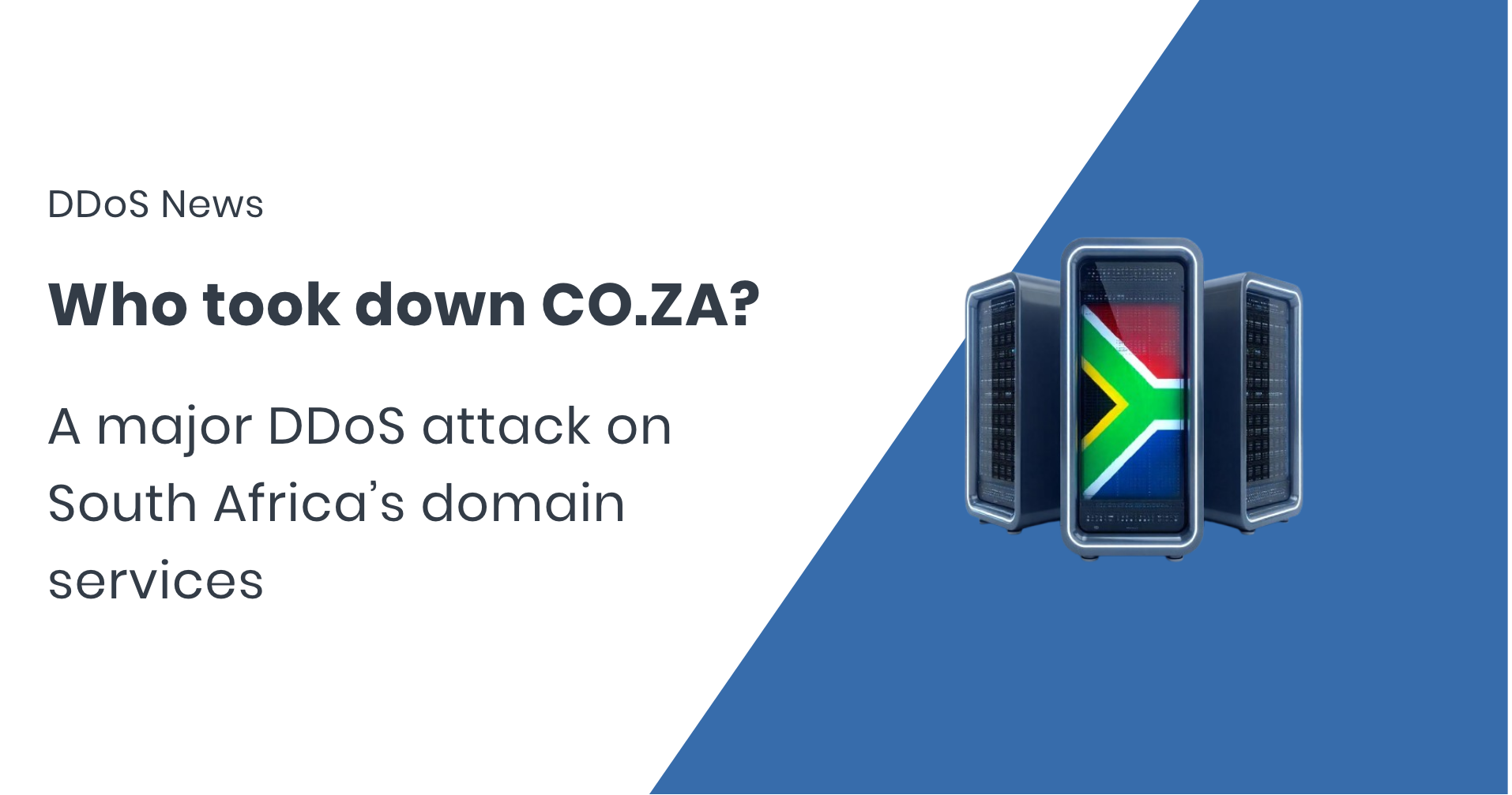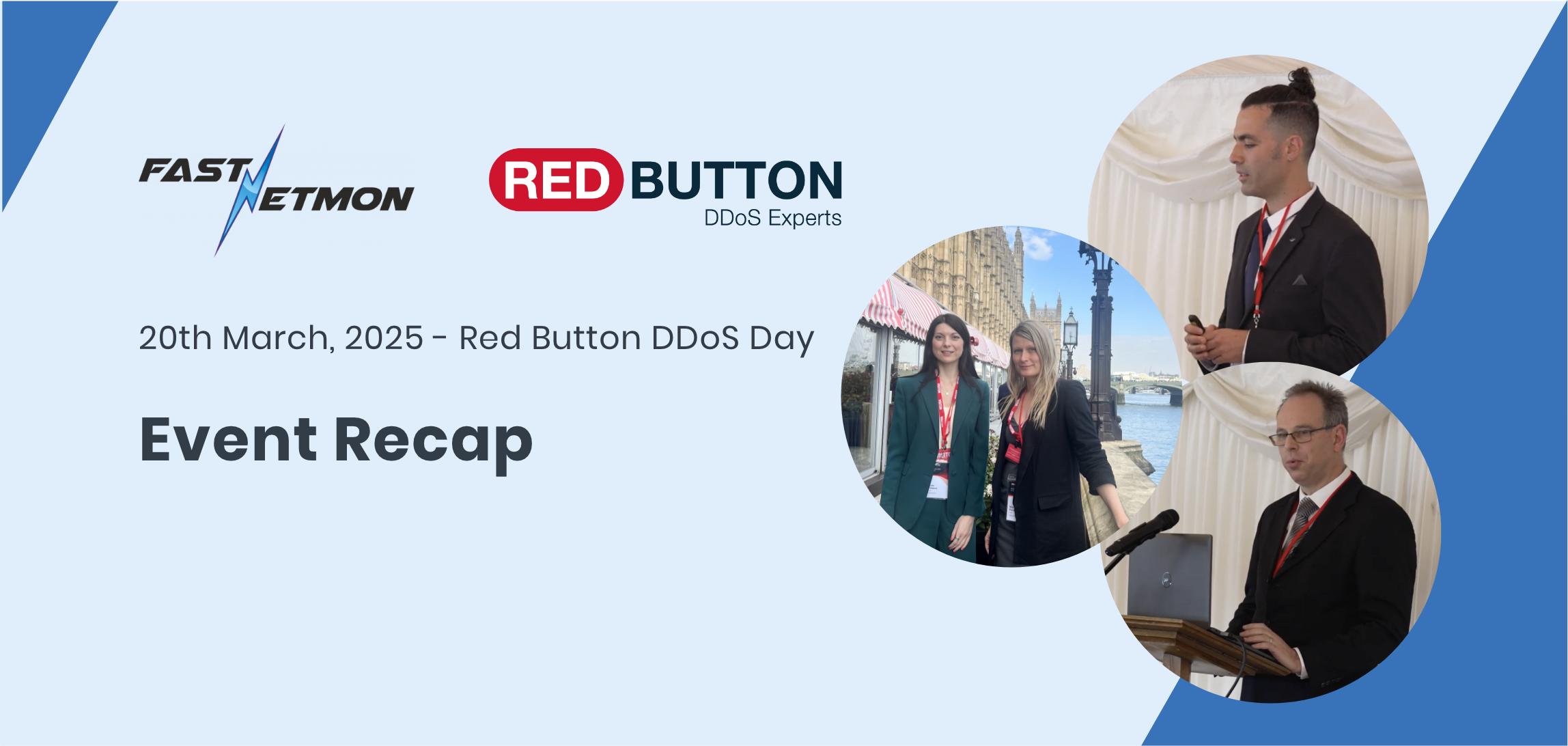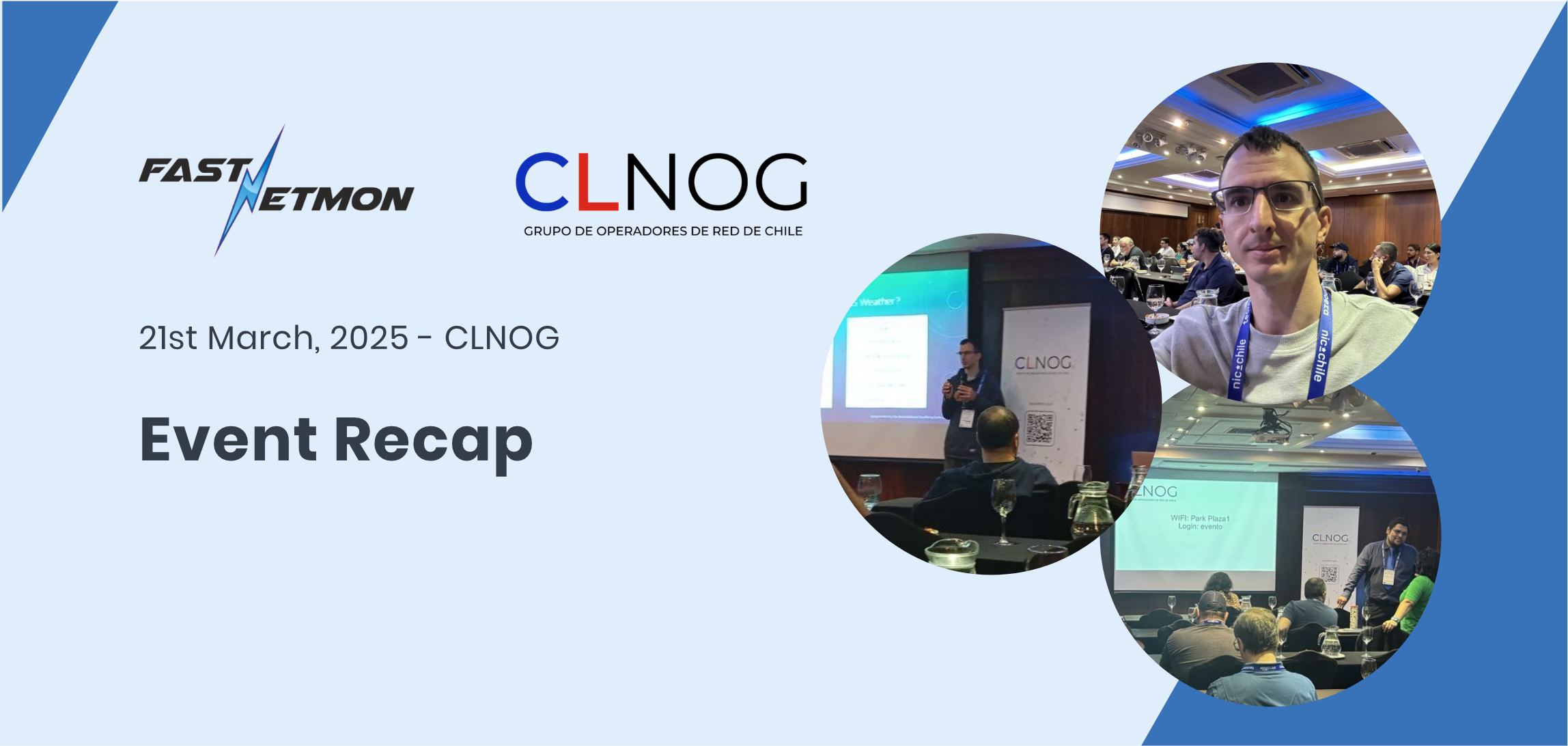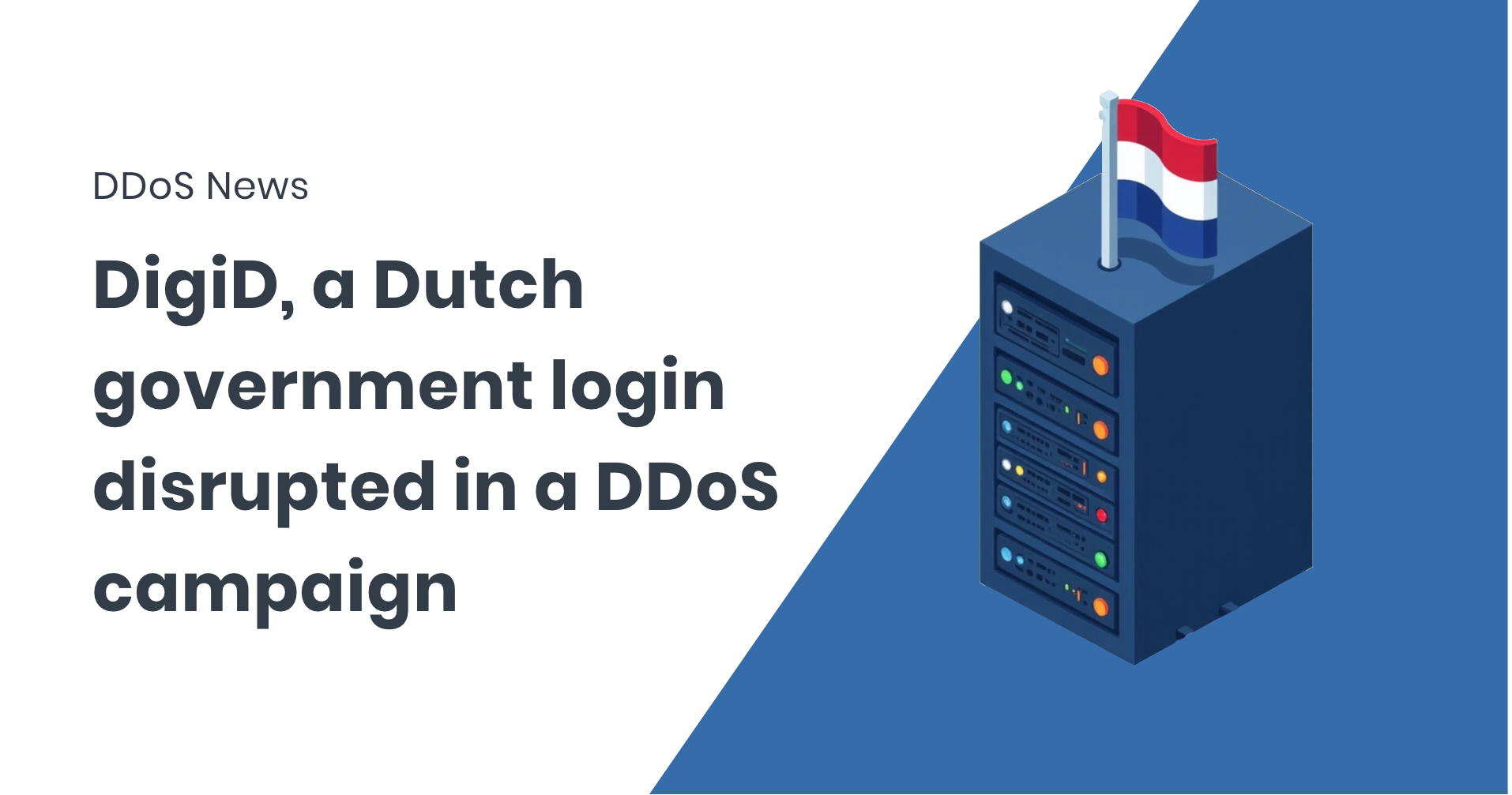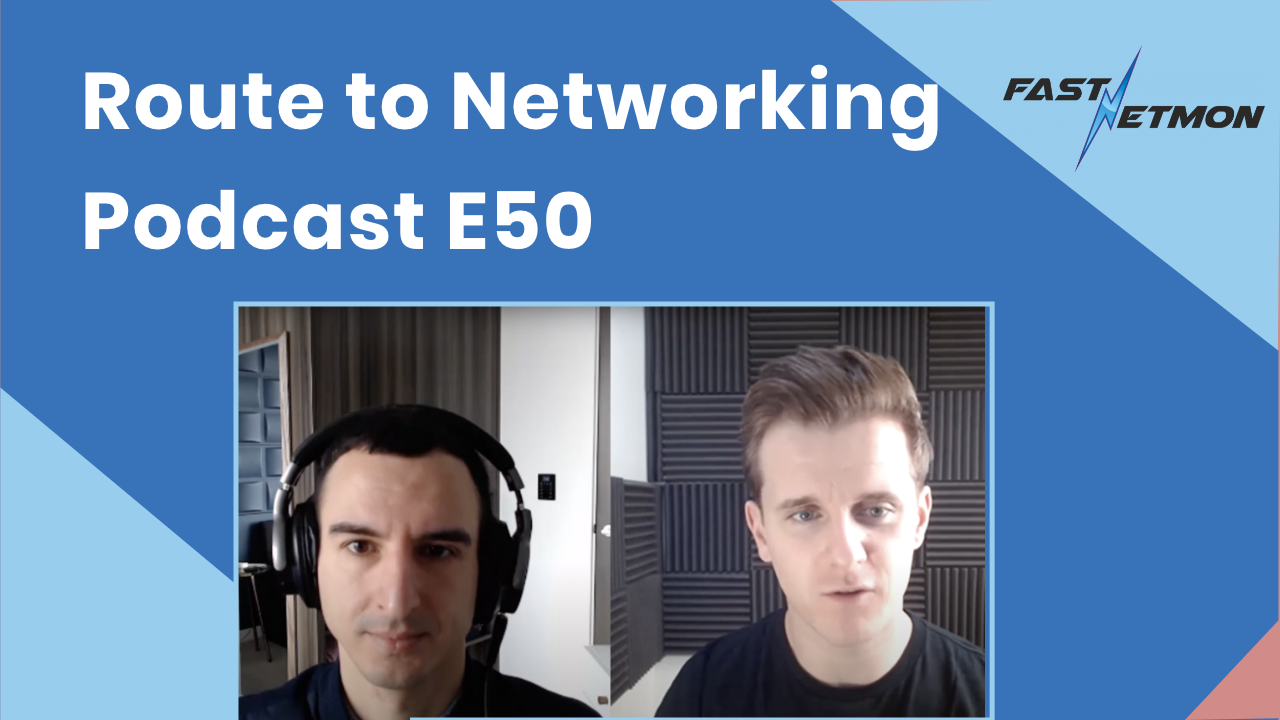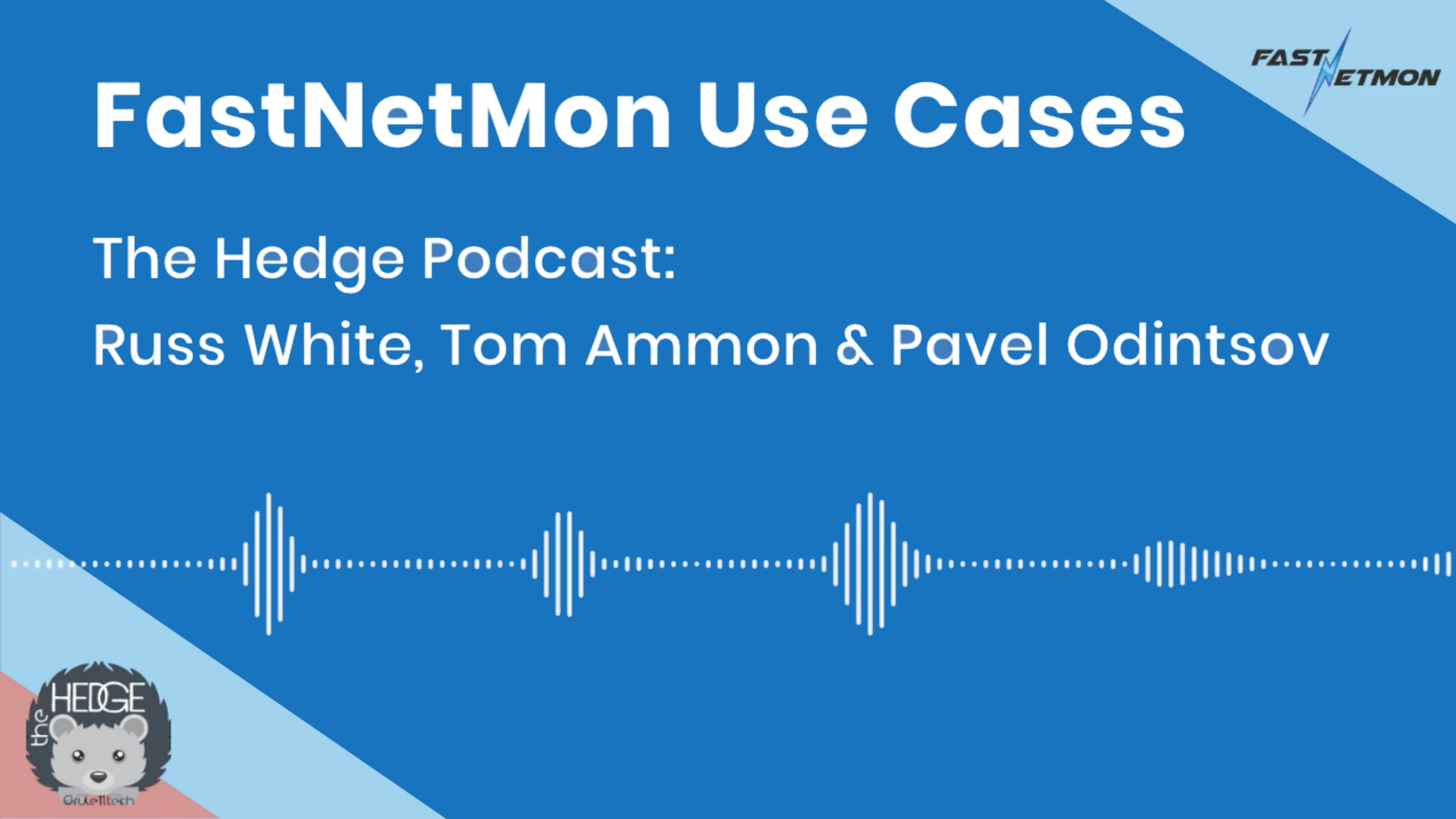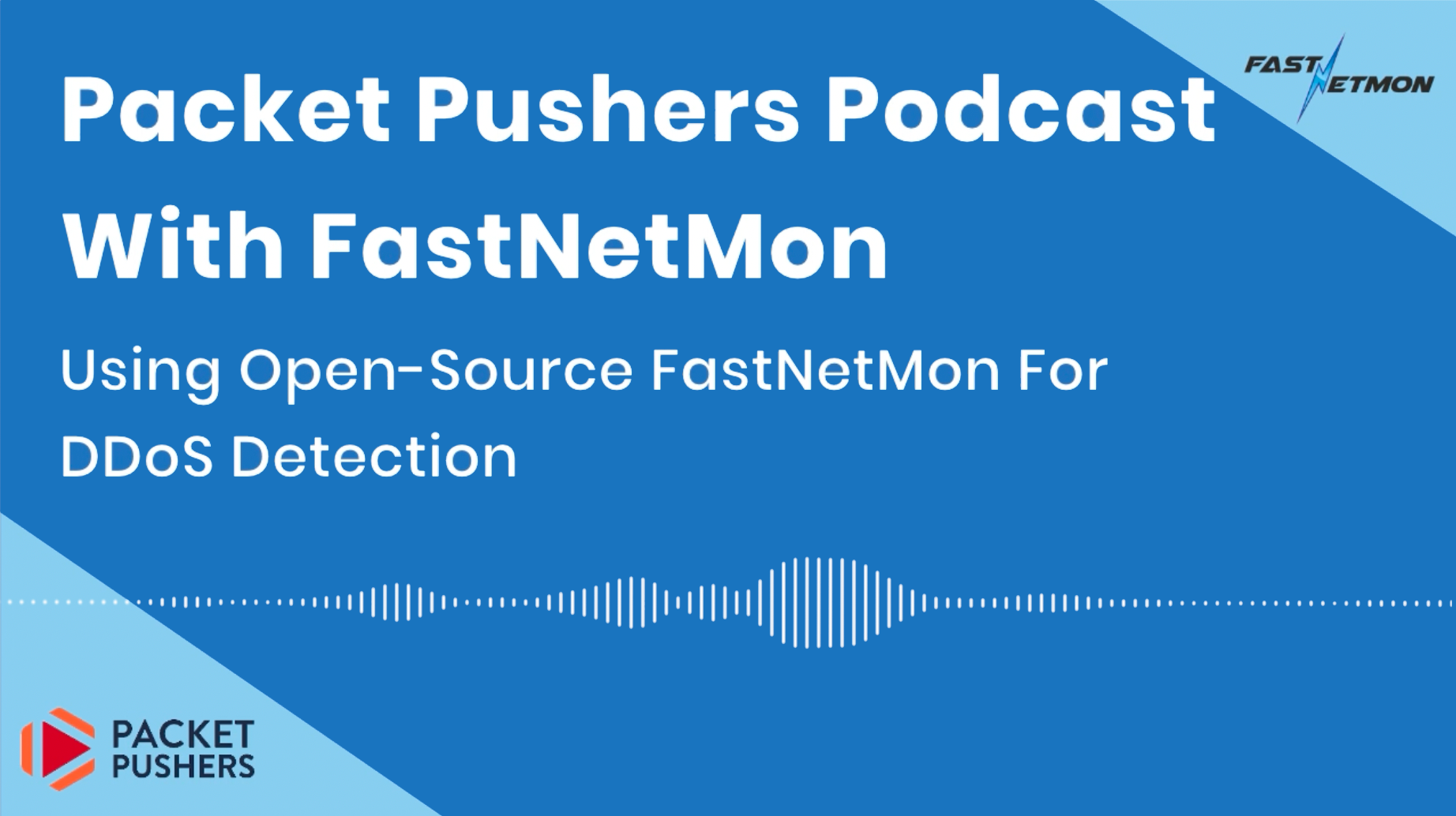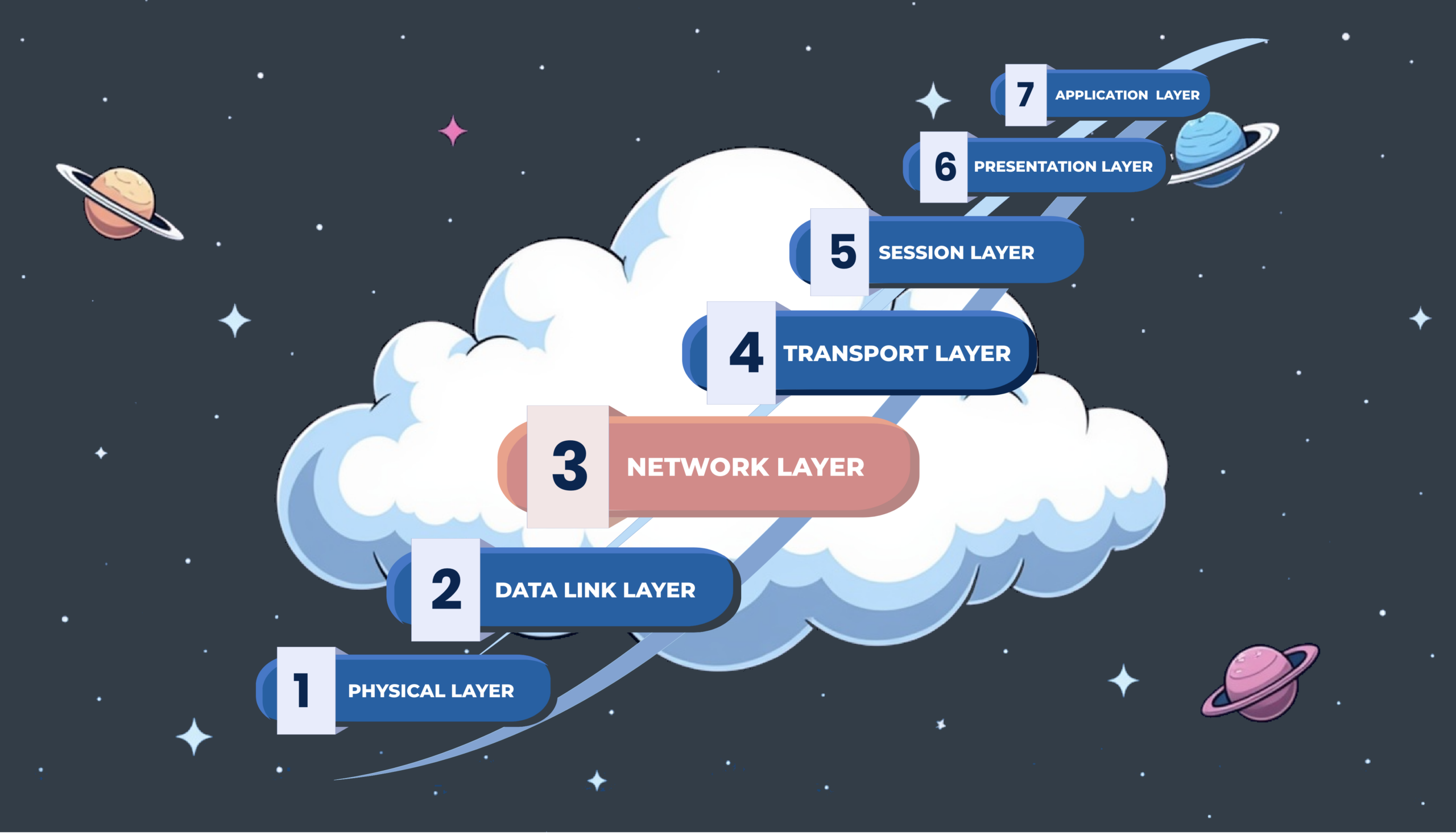CloudFest 2025, hosted from March 17-20 at Europa Park in Rust, Germany, brought together over 11,000 cloud industry professionals from across the globe. This year’s event was the largest to ...
A major DDoS attack hit South Africa’s CO.ZA domain services, leaving businesses and users unable to access websites linked to the country’s most widely used domain. The ZA Registry Consortium ...
Last Thursday, March 20th, we had the privilege of attending Red Button’s DDoS Day 2025, an exclusive event hosted at the iconic House of Lords in the United Kingdom. As ...
On 21 March 2025, we had the pleasure of attending CLNOG 2025, held in Santiago, Chile. This event brought together network operators and industry experts from across the region, highlighting ...
Imagine trying to file your taxes or access your medical records, only to find the system completely down. That’s what happened with DigiD, the Dutch government’s login system. Twice. A ...
An in-depth discussion on all things DDoS In this episode of the Router Networking Podcast, James Dean interviews Pavel Odintsov, co-founder of FastNetMon. Pavel shares his journey from a curious ...
Read the in-depth discussion on FastNetMon use cases In this episode of the Hedge, hosts Russ White and Tom Ammon are joined by Pavel Odintsov, the CTO of FastNetMon, to ...
Read the in-depth discussion on DDoS Detection and Mitigation In this episode of the Packet Pushers podcast, we dive into the world of DDoS detection with FastNetMon, an open-source solution ...
What are L3 DDoS attacks, and how do they work? Layer 3 DDoS attacks are a type of cyber assault that targets the third layer of the OSI (Open Systems ...
Azerbaijan has faced a series of massive DDoS attacks targeting state information resources. The country’s digital infrastructure is challenged as the attacks have been disrupting the services and overwhelming systems ...

